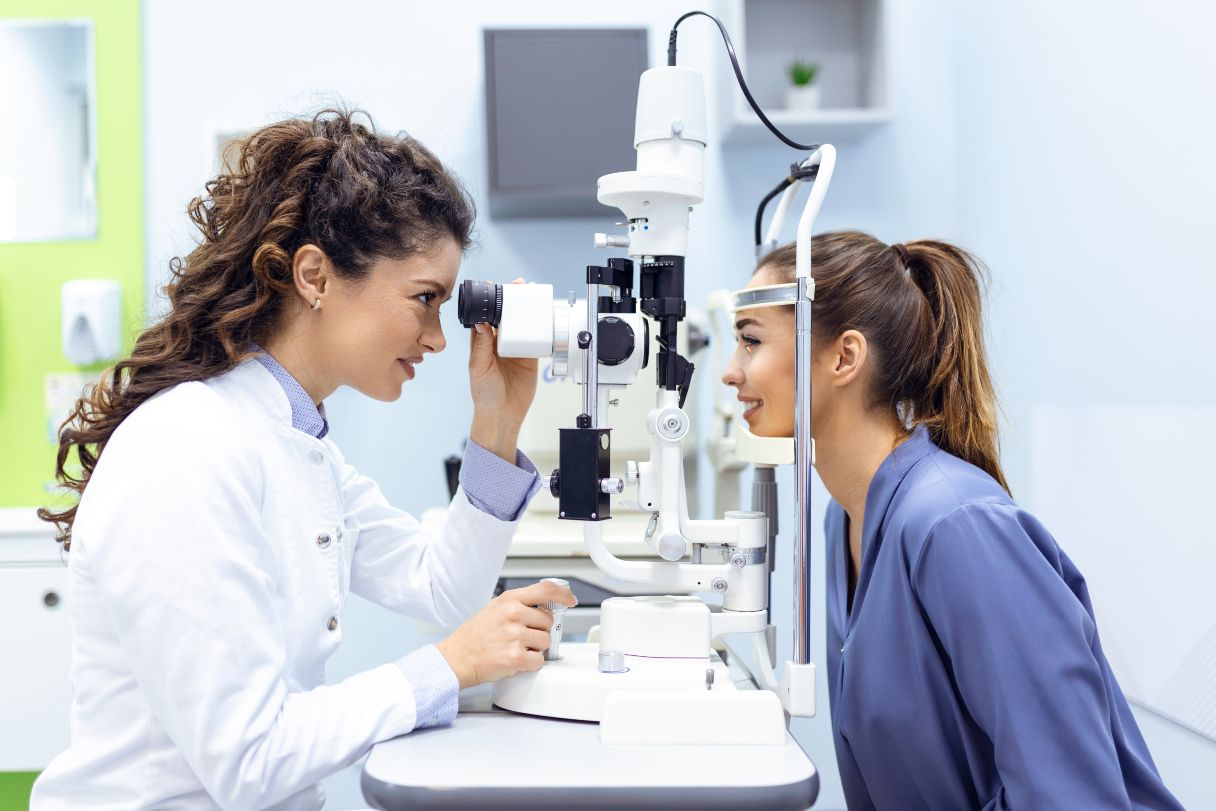The sun brightens the day, brings warmth, and delivers much-needed vitamin D. But those UV rays have a dark side: They can damage the DNA of our skin. But can you reverse sun damage?
Called “photoaging,” this cumulative sun damage over a lifetime is responsible for 90% of visible changes to the skin — such as wrinkles, dark spots, fine lines, textural changes and precancerous conditions. The sun, in essence, accelerates the skin’s aging process. And while there’s no way to reverse sun damage, there are a few steps you can take to reduce the signs of sun damage.
Sun damage goes deep
The outermost layer of the skin, the epidermis, is what gets sunburned when shorter-wave UVB rays hit the skin. But it’s the longer-wave UVA rays that go deeper and do damage in the dermis layer, which supports the skin’s structure with collagen and elastin. Day-after-day exposure takes a toll, forming wrinkles and leathery skin.
Skin treatments for sun damage
Wearing protective clothing, sunscreen and practicing sun safety guidelines can prevent photoaging. But what about when the damage has already been done? While the effects of the sun are permanent, there are a few steps you can take to minimize sun damage effects and replenish your skin.Chemical peels and microdermabrasion: These exfoliating treatments remove the top layer of sun-damaged skin. Performed by a dermatologist, these treatments remove dead skin cells to allow healthier skin to grow in. Microdermabrasion is a quicker, non-invasive procedure that “scrubs” dead cells, while chemical peels use a chemical solution to aid exfoliation and increase collagen production to smooth out the skin.
Laser therapy: For sunspots and freckles on the neck, chest and hands, laser treatments can be an effective option. This targeted treatment removes brown spots in the skin, layer by layer, to reduce their appearance. According to the American Academy of Dermatology, one or two laser treatments can treat age spots quickly with long-lasting results.
Antioxidants for skin health: Collagen, the protein that supports healthy skin, can get a boost from antioxidants that fight free radicals. An antioxidant-rich diet — think red bell peppers, blueberries and spinach — can help give your body the building blocks it needs to create collagen. Moisturizers with vitamins C and E, and green tea can also be used to help stabilize the skin.
Retinol for skin health: Your dermatologist may recommend lotions and creams to repair damage to your skin. Retinol, a derivative of vitamin A, is often at the top of the list. Available in over-the-counter and prescription strengths, this anti-aging wonder encourages cell turnover and collagen production to help treat wrinkles and fine lines.
Sun damage isn’t just about looks — it can also lead to skin cancer. That’s why it’s important to get annual skin screenings and contact your dermatologist if you notice any new moles or unusual marks.
Remember that the CareCredit credit card is an easy way to pay for regular skin checks and treatments to address sun damage. Use the Acceptance Locator or download the CareCredit Mobile App to find a nearby provider or retailer who accepts the CareCredit credit card.








